Sample information |
|
| Picture |
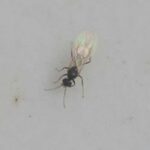
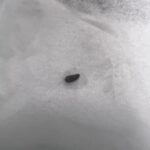
|
|---|---|
| Location | |
| Collection date | 09/12/2023 |
| Captive / Cultivated? | Wild-caught |
| Group | Palm Beach Atlantic University |
| Observations | I caught this Flying ant on the side of a building in a shaded area. It was around 1pm and the temperature was 86 degrees F. This arthropod was alone in the shade on the wall. |
| Putative identification | Arthropoda Insecta Hymenoptera Formicidae Lasius Lasius niger |
Methods |
|
| Extraction kit | DNeasy (Qiagen) blood and tissue kit |
| DNA extraction location | Abdomen |
| Single or Duplex PCR | Single Reaction |
| Gel electrophoresis system | Standard electrophoresis system |
| Buffer | TAE |
| DNA stain | Other |
| Gel images |
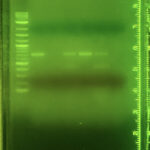
|
| Protocol notes | DNA Extraction: The insects abdomen was pestled really well making sure the solution was a homogenous mixture with very fine particles. Gel Electrophoresis: Used 6X loading dye and gel was ran at 100V. Well Order 1- Kb Ladder 2- Unknown Arthropod 1 (Fly) 3- Unknown Arthropod 2 (Ant) 4- Positive arthropod control 5- Negative arthropod control 6- Positive DNA control 7- Water Analysis: The 1Kb ladder worked, the first unknown had one band. The second unknown arthropod (Lasius niger) did not have a band. The grinding may not have been sufficient enough to obtain a high yield of DNA extracted. In the 4th well, there was 2 bands present in the positive arthropod which was expected. In the 5th well, there was one band arthropod for the negative arthropod control. In the 6th well, there was 2 bands as expected for the positive DNA control. In the 7th well, no bands were present as expected. |
Results |
|
| Wolbachia presence | No |
| Confidence level | High |
| Explanation of confidence level | All methods were thoroughly carried out as done outlined in the DNA extraction protocol. |
| Wolbachia 16S sequence | |
| Arthropod COI sequence |
|
| Summary | The Lasius niger was found to be negative for Wolbachia. |
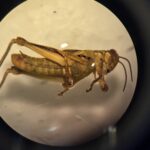 Differential Grasshopper – Melanoplus differentialis
Differential Grasshopper – Melanoplus differentialis Pill Bug (Armadillidium vulgare) – Draft
Pill Bug (Armadillidium vulgare) – Draft Melanoplus Femurrubrum
Melanoplus Femurrubrum Grasshopper – Orthoptera
Grasshopper – Orthoptera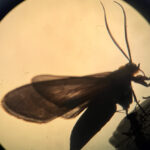 Cisseps Fulvicollis
Cisseps Fulvicollis